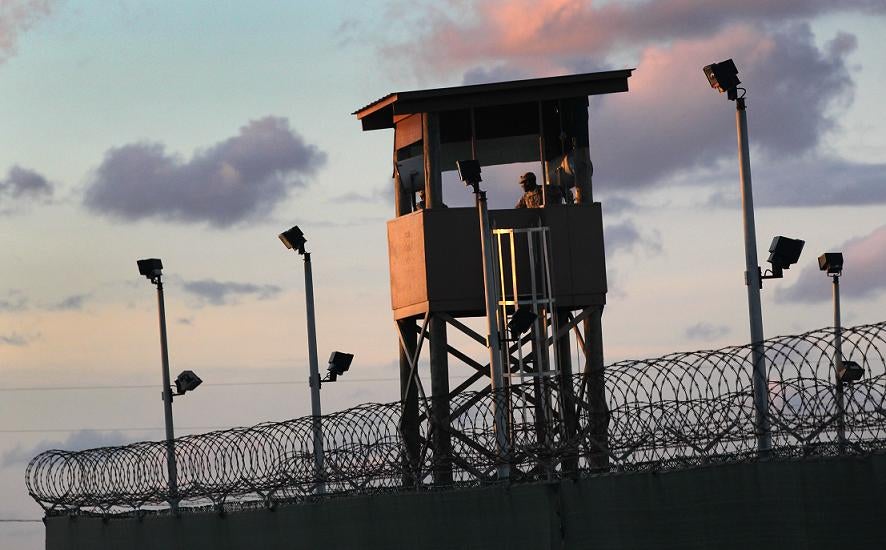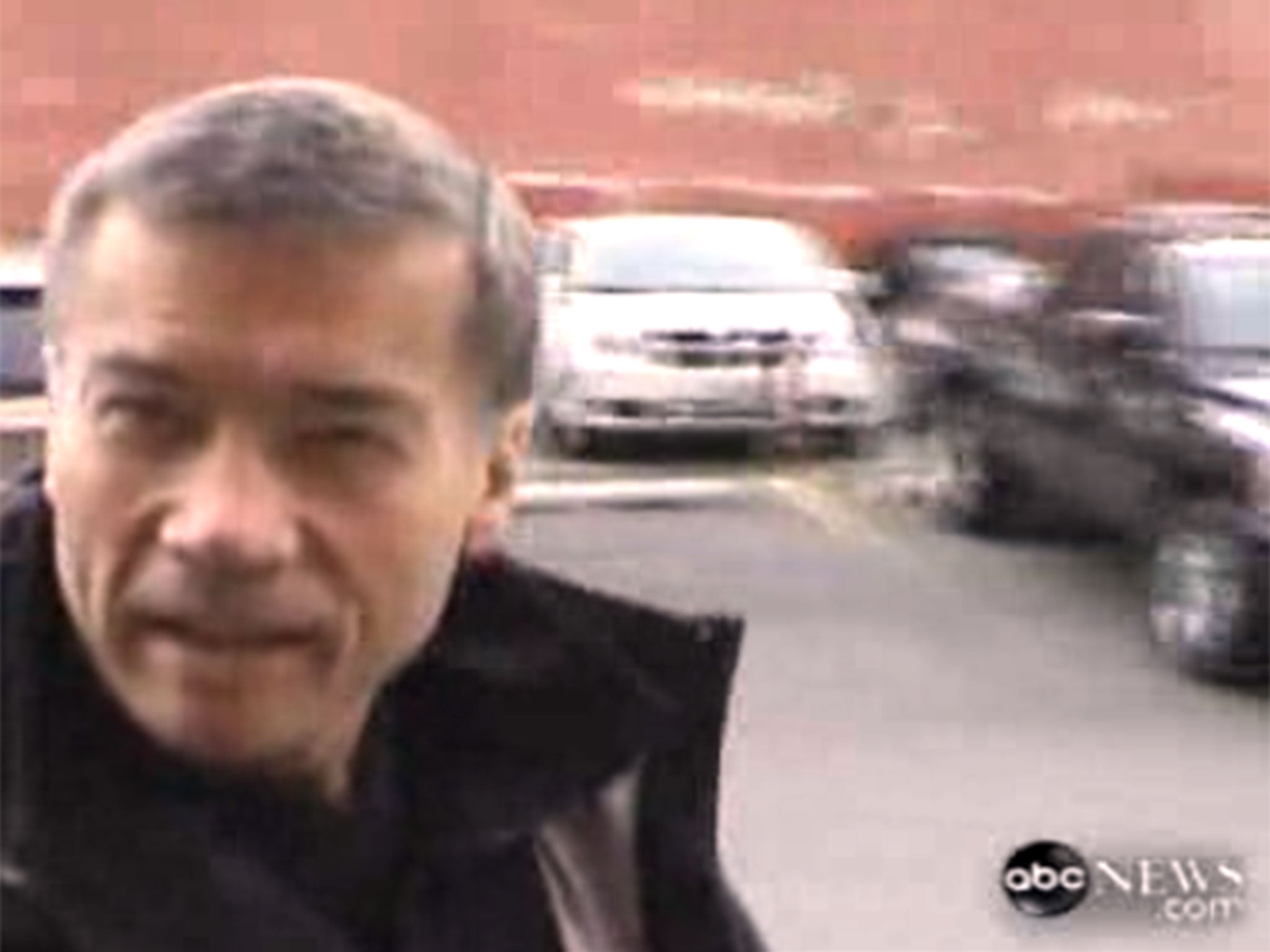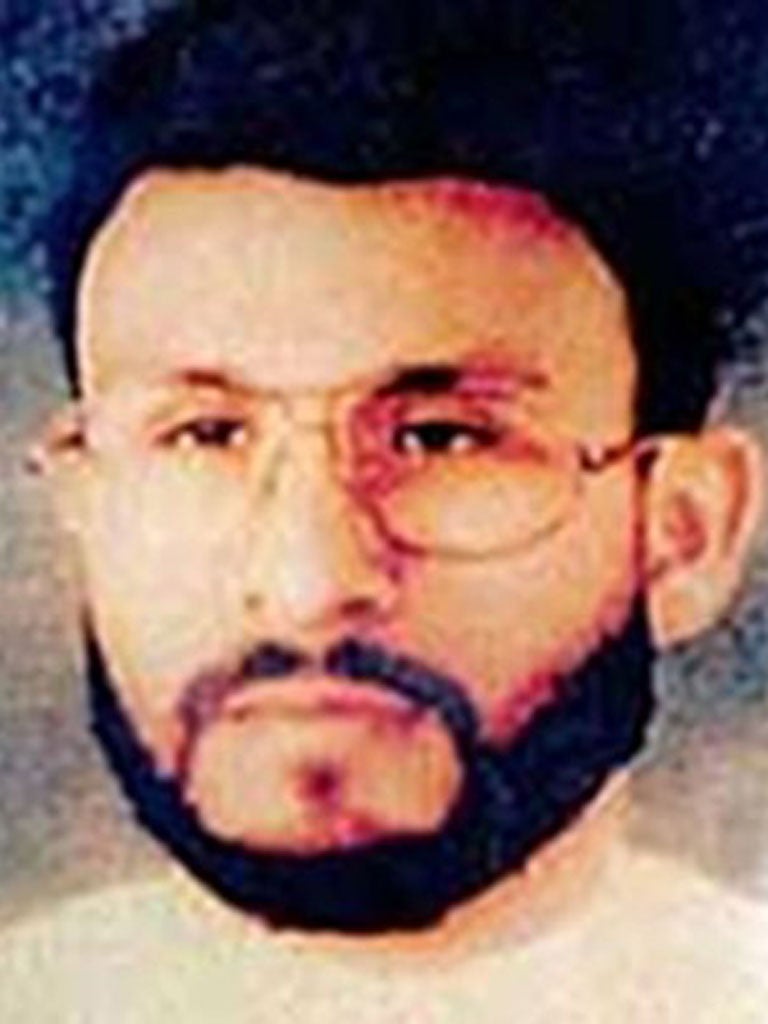CIA torture report: The doctors who were the unlikely architects of the CIA's programme
The doctors subjected American soldiers to 'coercive interrogation techniques'

Your support helps us to tell the story
From reproductive rights to climate change to Big Tech, The Independent is on the ground when the story is developing. Whether it's investigating the financials of Elon Musk's pro-Trump PAC or producing our latest documentary, 'The A Word', which shines a light on the American women fighting for reproductive rights, we know how important it is to parse out the facts from the messaging.
At such a critical moment in US history, we need reporters on the ground. Your donation allows us to keep sending journalists to speak to both sides of the story.
The Independent is trusted by Americans across the entire political spectrum. And unlike many other quality news outlets, we choose not to lock Americans out of our reporting and analysis with paywalls. We believe quality journalism should be available to everyone, paid for by those who can afford it.
Your support makes all the difference.They are the most unlikely architects of the CIA’s programme of torture. Two psychologists who swore to heal not harm.
Now it has been revealed that two doctors, identified by the pseudonyms Dr Grayson Swigert and Dr Hammond Dunbar, were paid $81 million by the CIA to help develop and implement a seven-year programme that included "enhanced interrogation techniques" such as waterboarding, placing detainees in stress positions and sleep deprivation.
Until now, little was known about the pair, who the New York Times has named as James Mitchell and Bruce Jessen.
According to the declassifed documents, they created the programme in 2002 when the CIA took custody of Abu Zubaydah, a Saudi arrested in Pakistan and suspected of being an al-Qaeda lieutenant.
He was taken to an unnamed country, reportedly Thailand, where a prison – “detention site green” - became an experimental laboratory for Swigert and Dunbar to perfect the techniques they had learned at the US Air Force Survival, Evasion, Resistance and Escape (Sere) school where they were based before.


It was at the elite school, often used to train Special Forces troops, that the doctors subjected American soldiers to "coercive interrogation techniques that they might be subjected to if taken prisoner by countries that did not adhere to Geneva protections”.
Neither doctor had any experience as an interrogator; neither had knowledge of al-Qaeda. Swigert, however, had reviewed literature on “learned helplessness in which individuals might become passive and depressed in response to adverse or uncontrollable events”.
Such helplessness, he imagined before joining the CIA’s programme, could “encourage a detainee to cooperate and provide information”.
After the detention of Zubaydah, the doctors’ programme – authorised by Justice Department lawyers – was expanded with detainees taken to secret prisons in Poland, Romania, Lithuania and other countries, or “partners” as they are referred to in the report.

During Swigert’s pitch for the programme he described 12 SERE techniques that could prove useful to the CIA. They were: “The attention grasp, walling, facial hold, facial slap, cramped confinement, standing, stress positions, sleep deprivation, water-board, use of diapers, use of insects, and mock burial.”
A year after Swigert and Dunbar began the torture (or “enhanced interrogation techniques”), a senior CIA interrogator would tell colleagues that their model at SERE was “based on resisting North Vietnamese physical torture” and “designed to extract confessions”.
Indeed, the interrogation was prioritised over the health of the detainee. One declassified cable says the interrogation team understood that “interrogation process takes precedence over preventative medical procedures”.
Four years after it began, the programme was at an end when George W Bush ordered detainees to be taken to Guantanamo Bay, and another form of torture began.
But Swigert and Dunbar had by that time realised their invention was lucrative and formed a company to conduct their work with the CIA.
The CIA’s contract with that company was in excess of $180million and the pair received in excess of $81m before the deal was terminated in 2009.
Before that, the CIA had provided a “indemnification agreement” to “protect the company and its employees from legal liability arising out of the programme”.
But by then, the doctors had completed their work.
Join our commenting forum
Join thought-provoking conversations, follow other Independent readers and see their replies
Comments